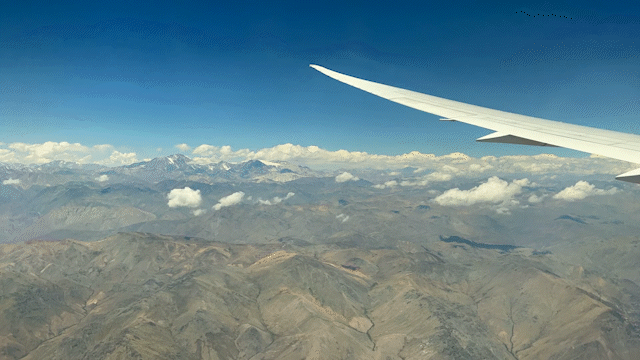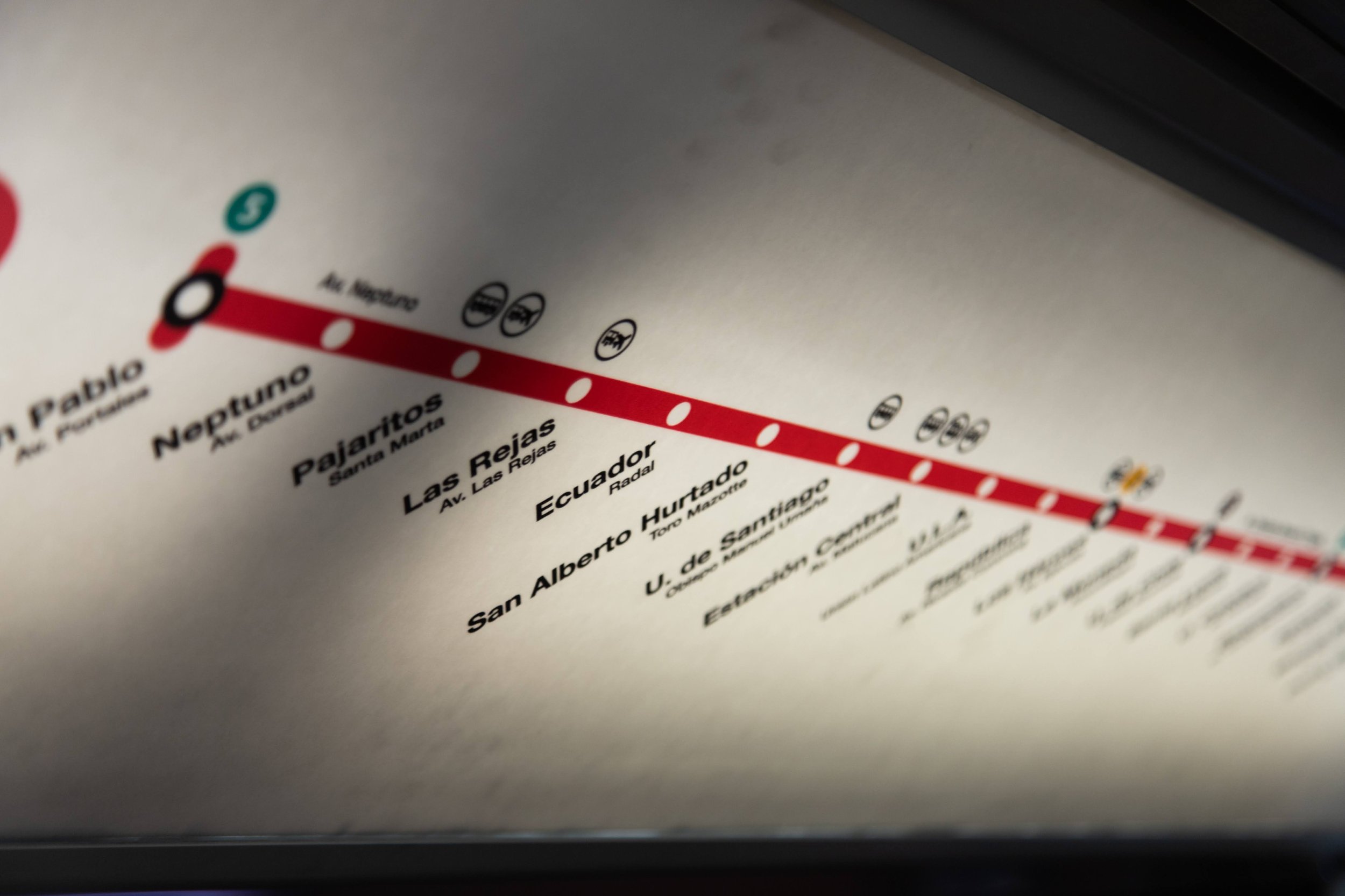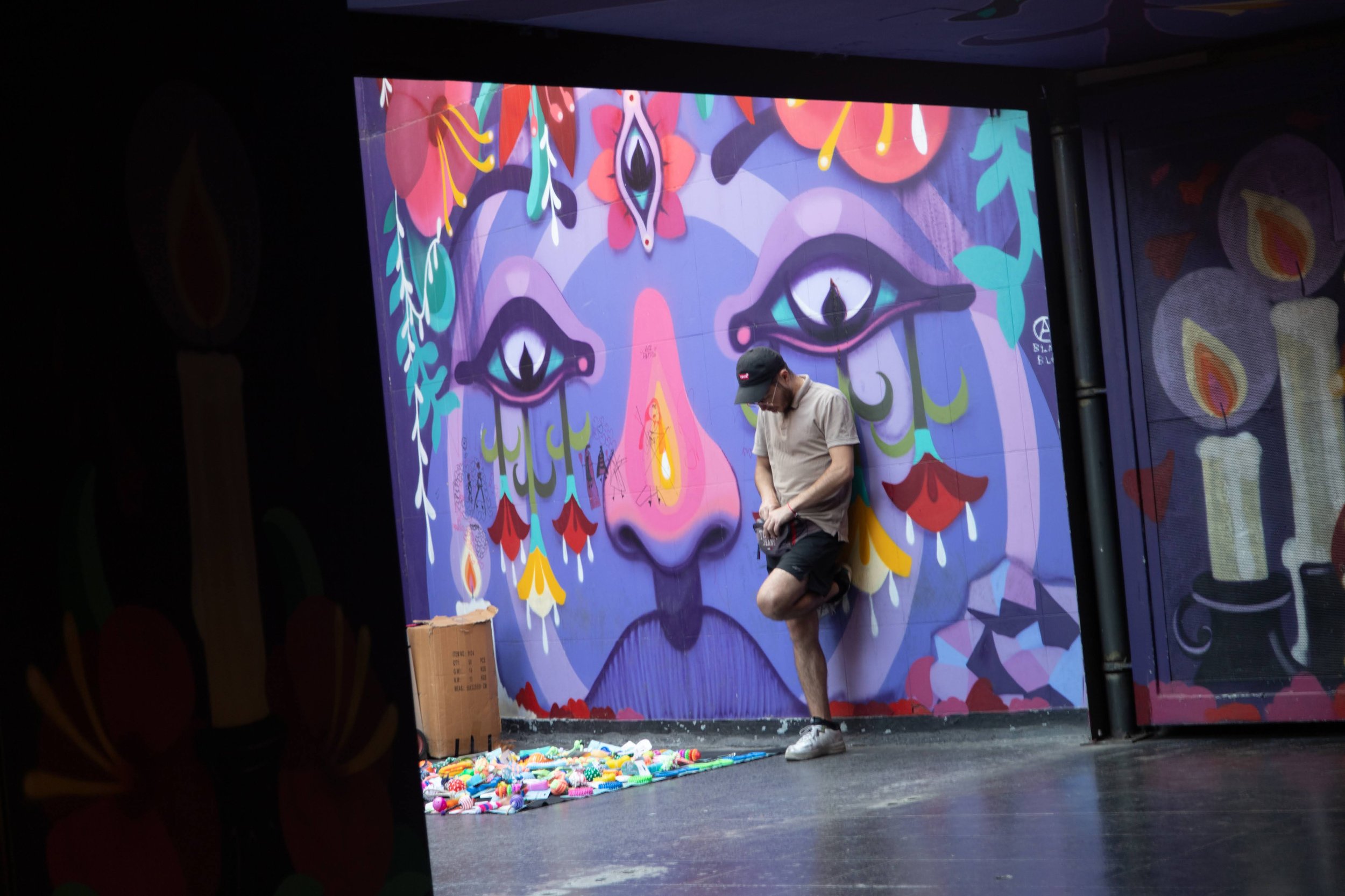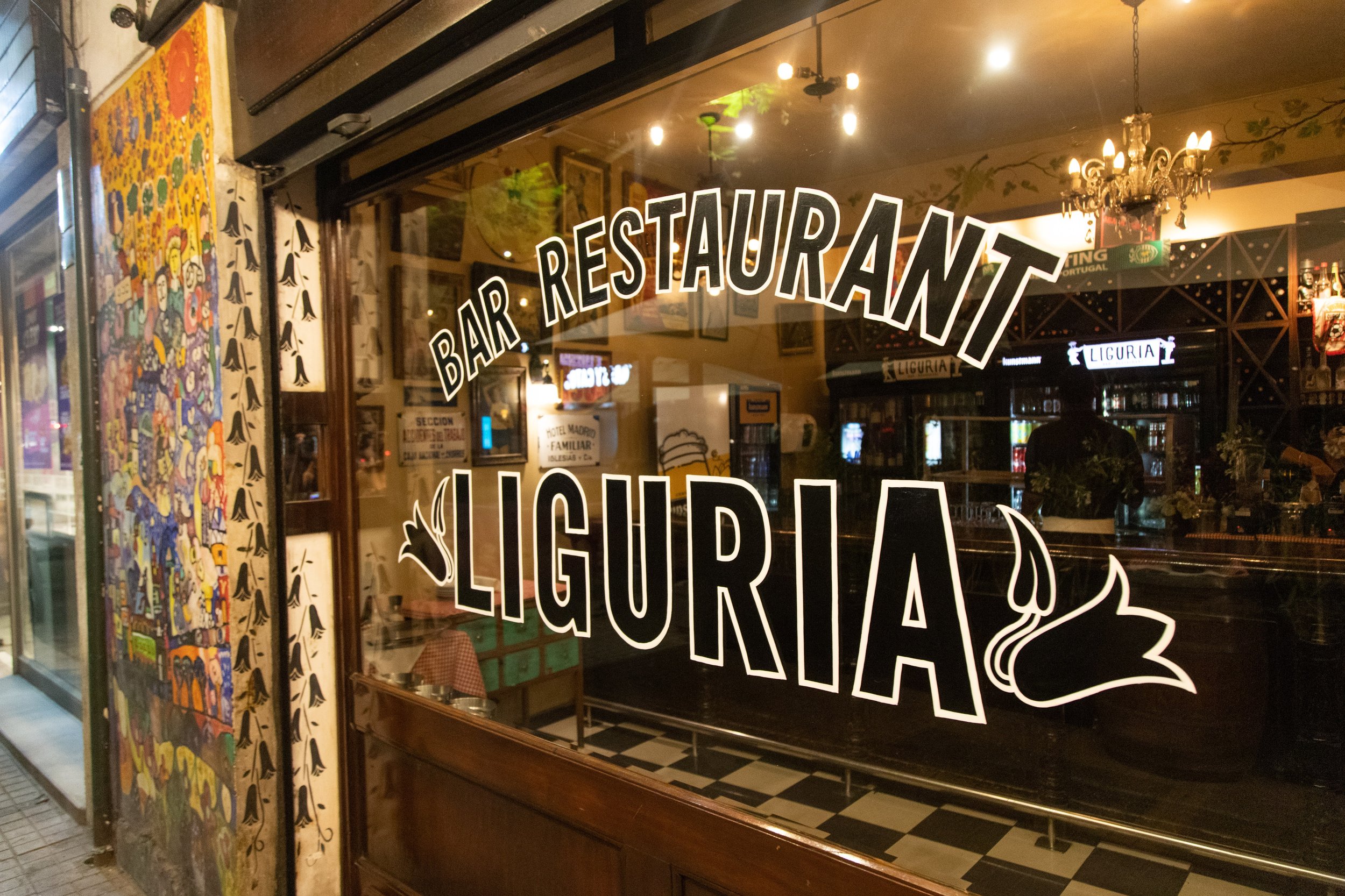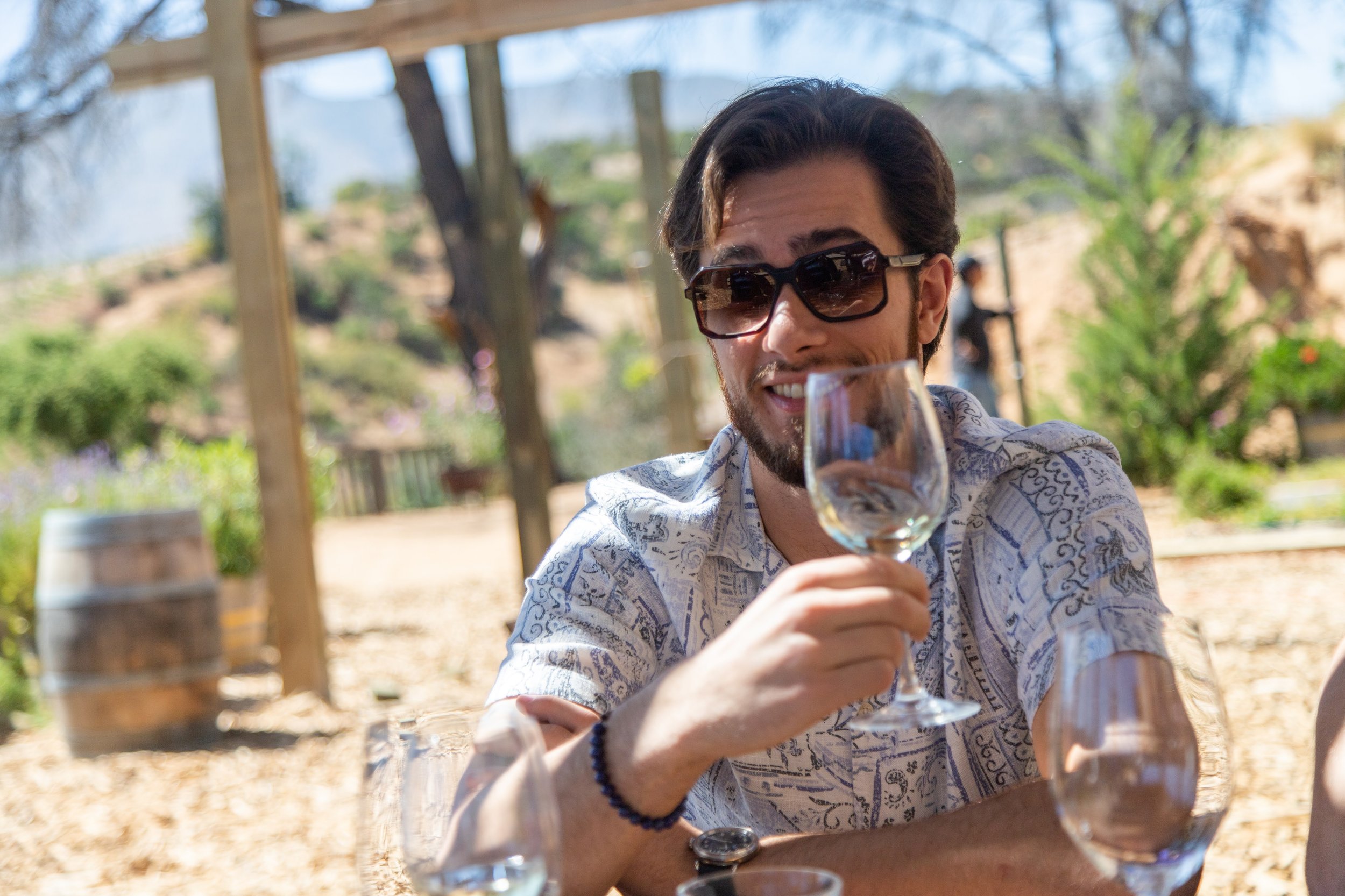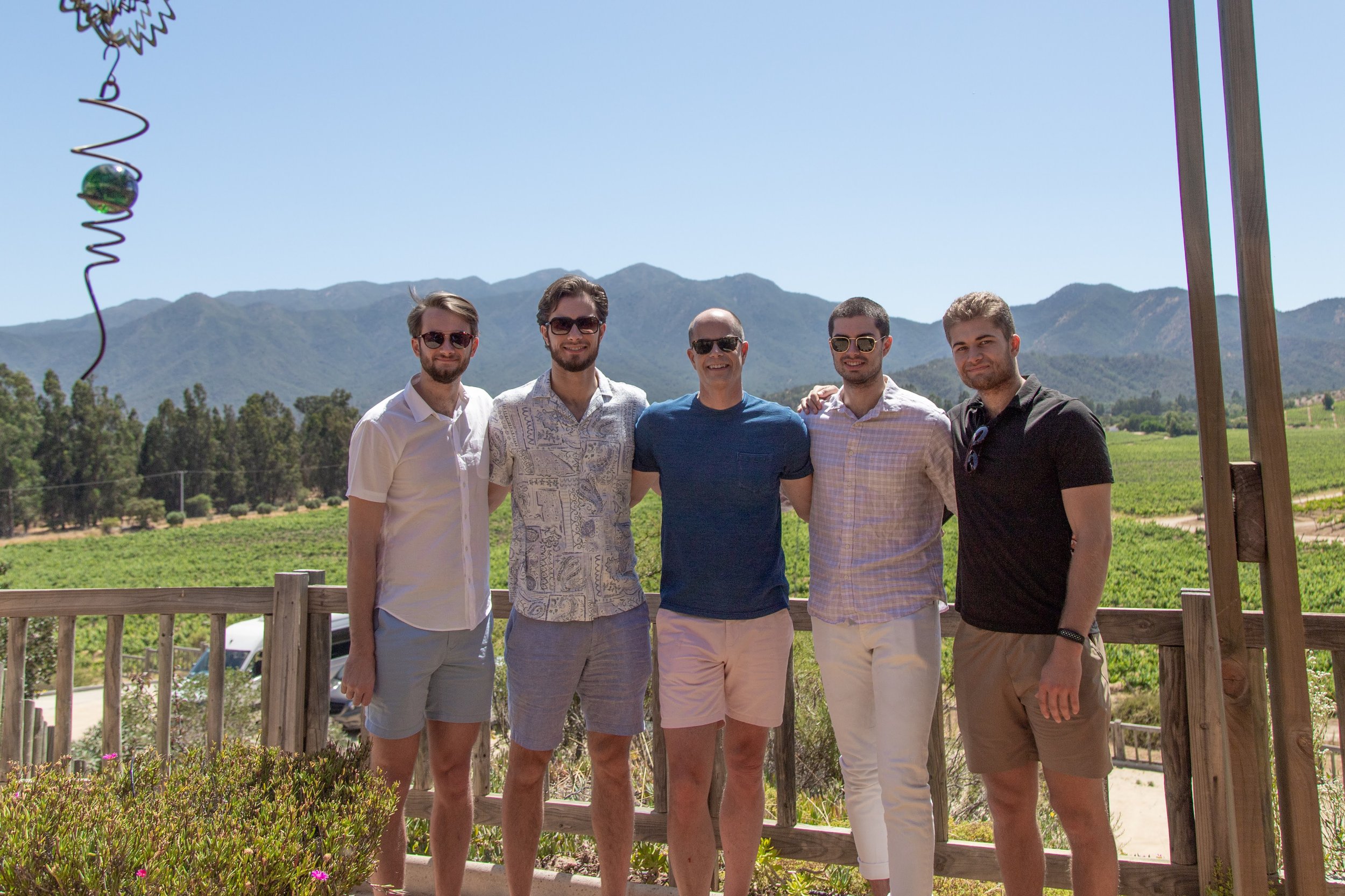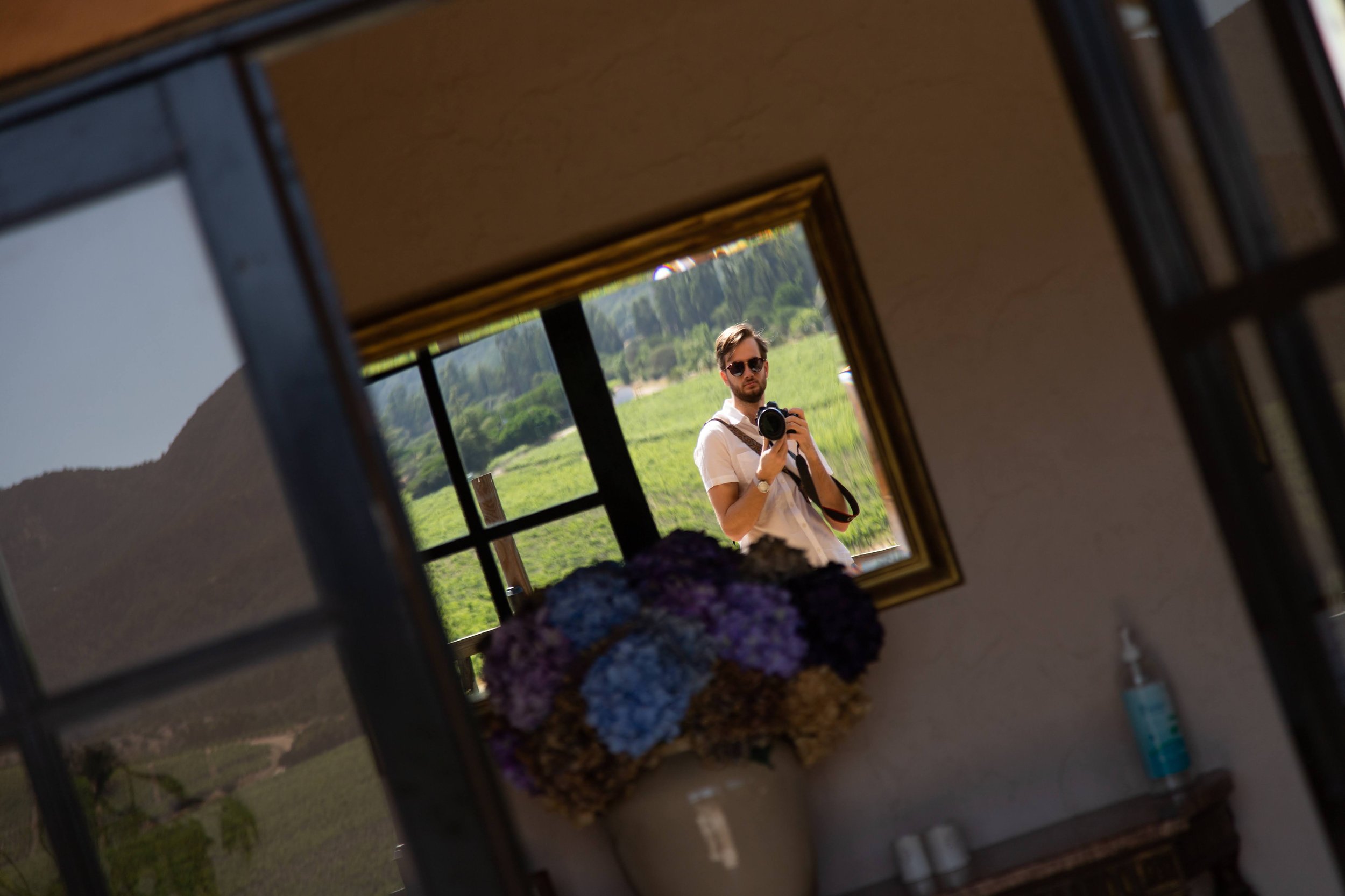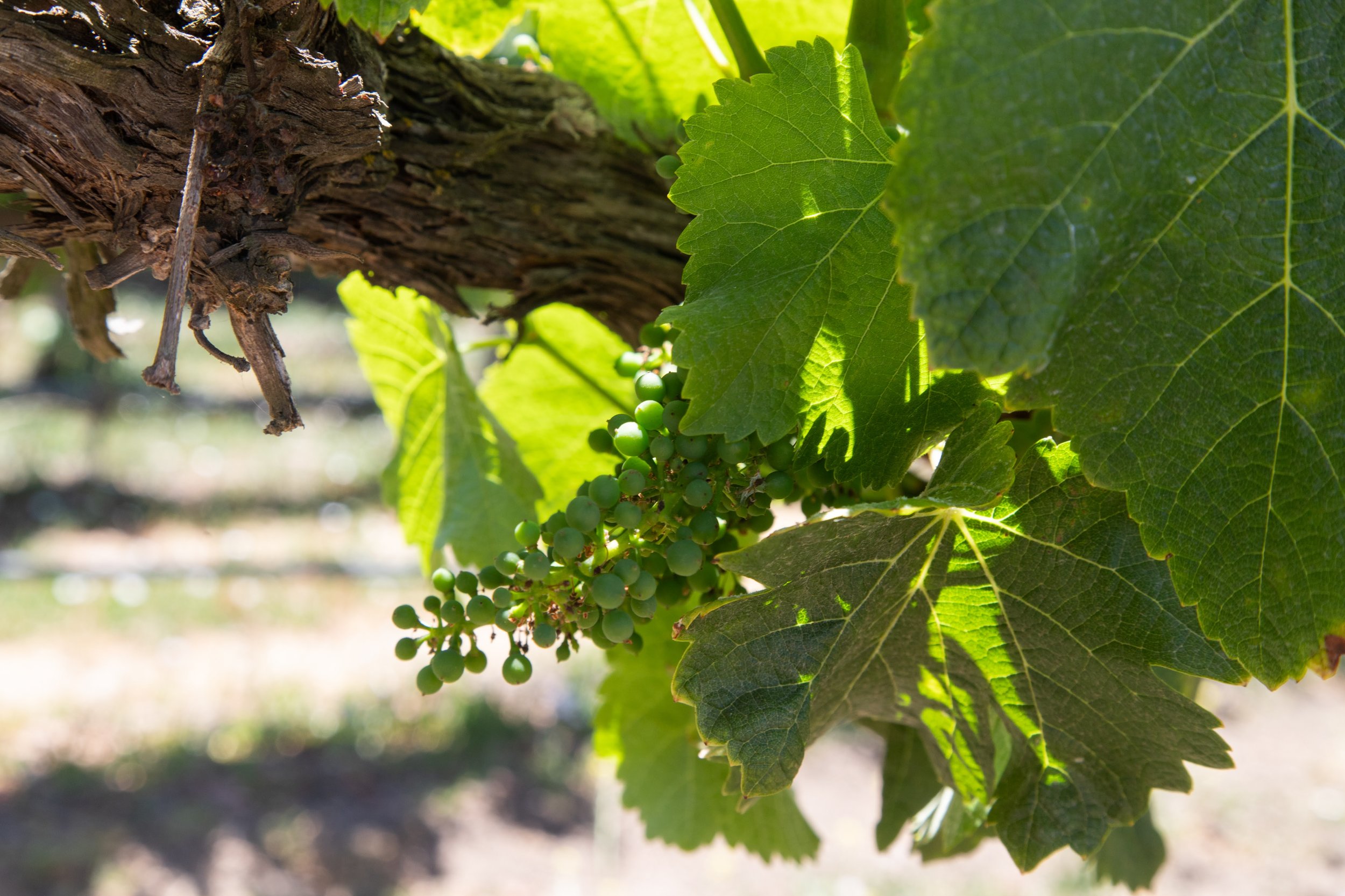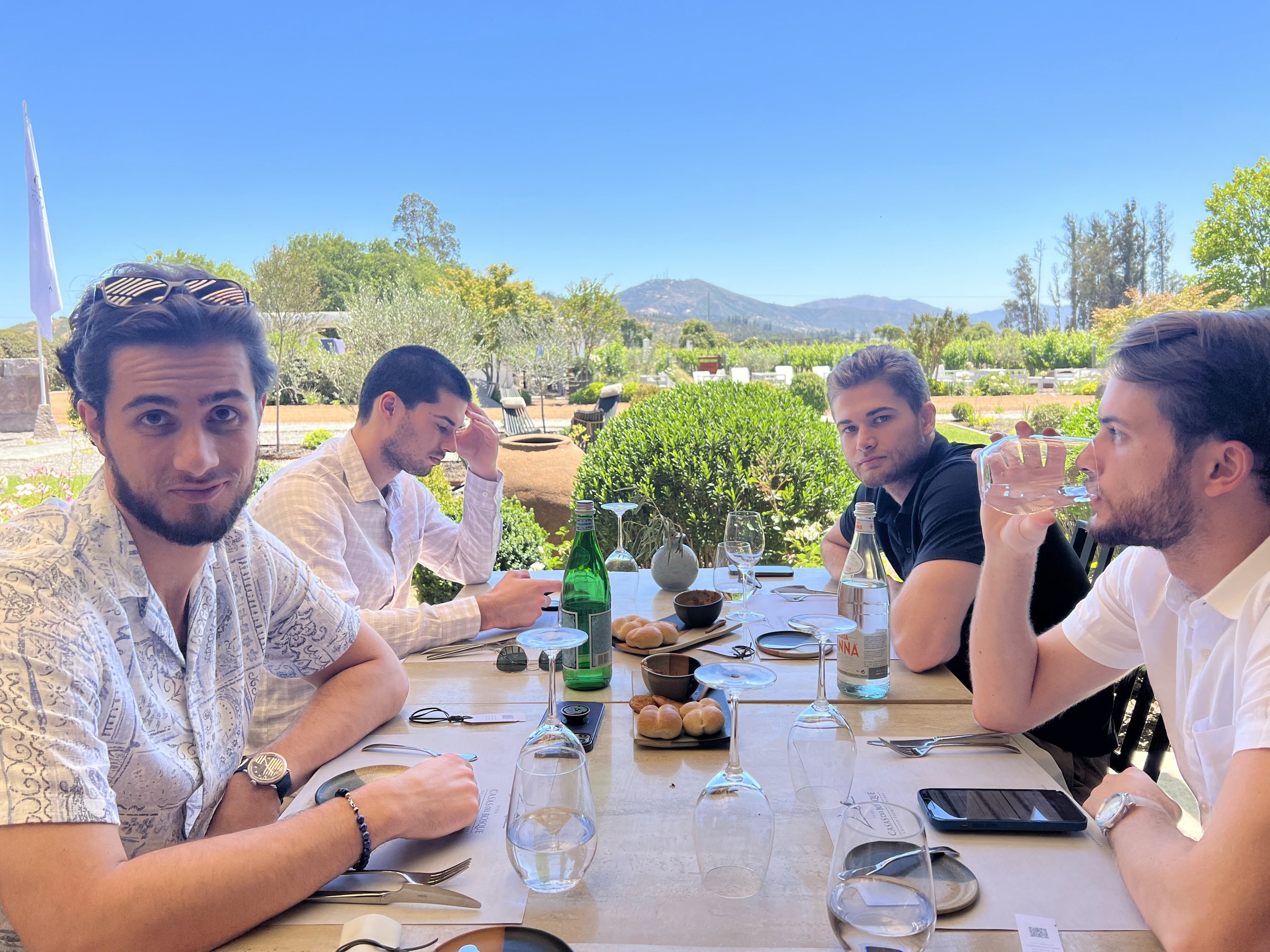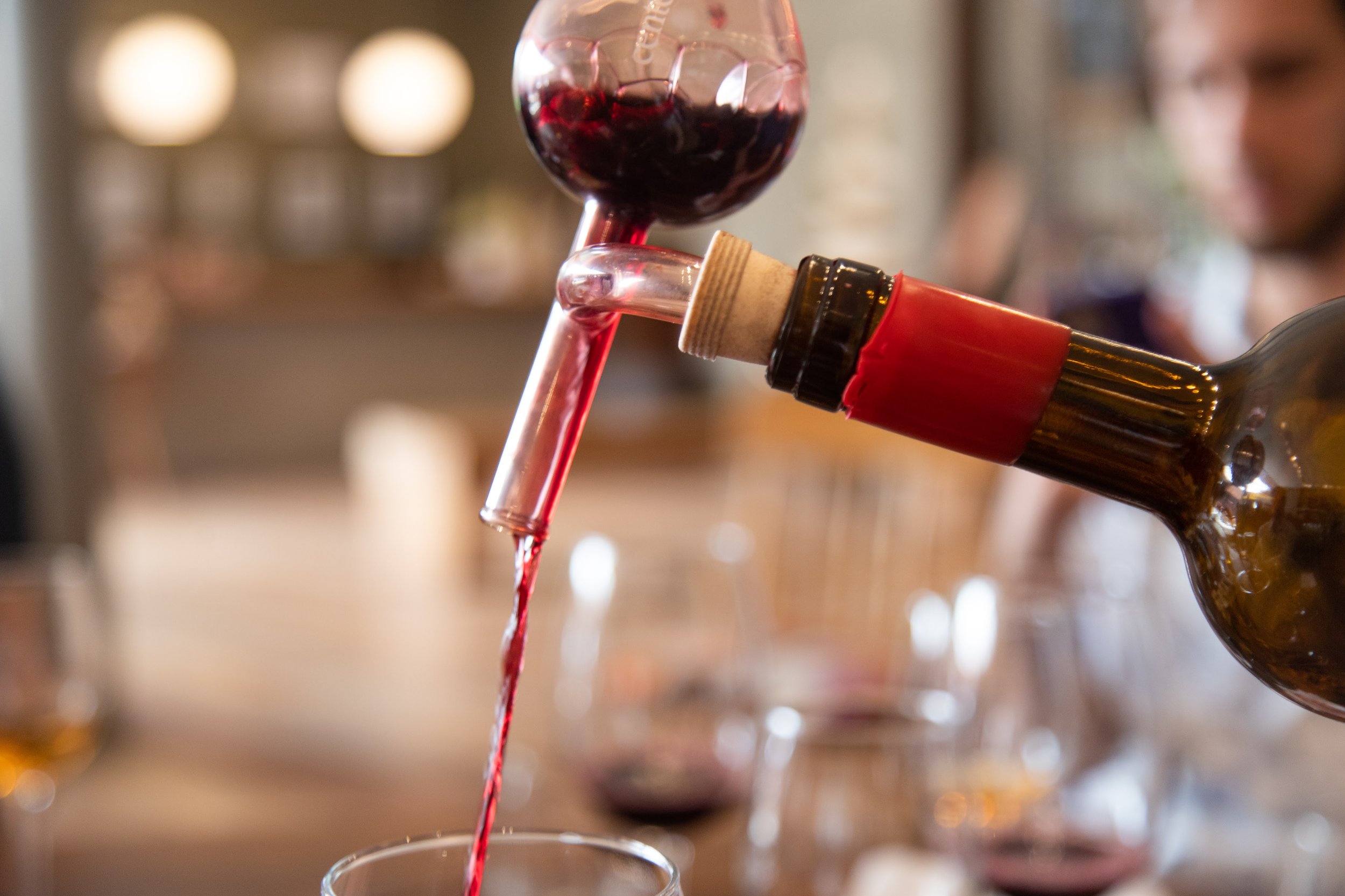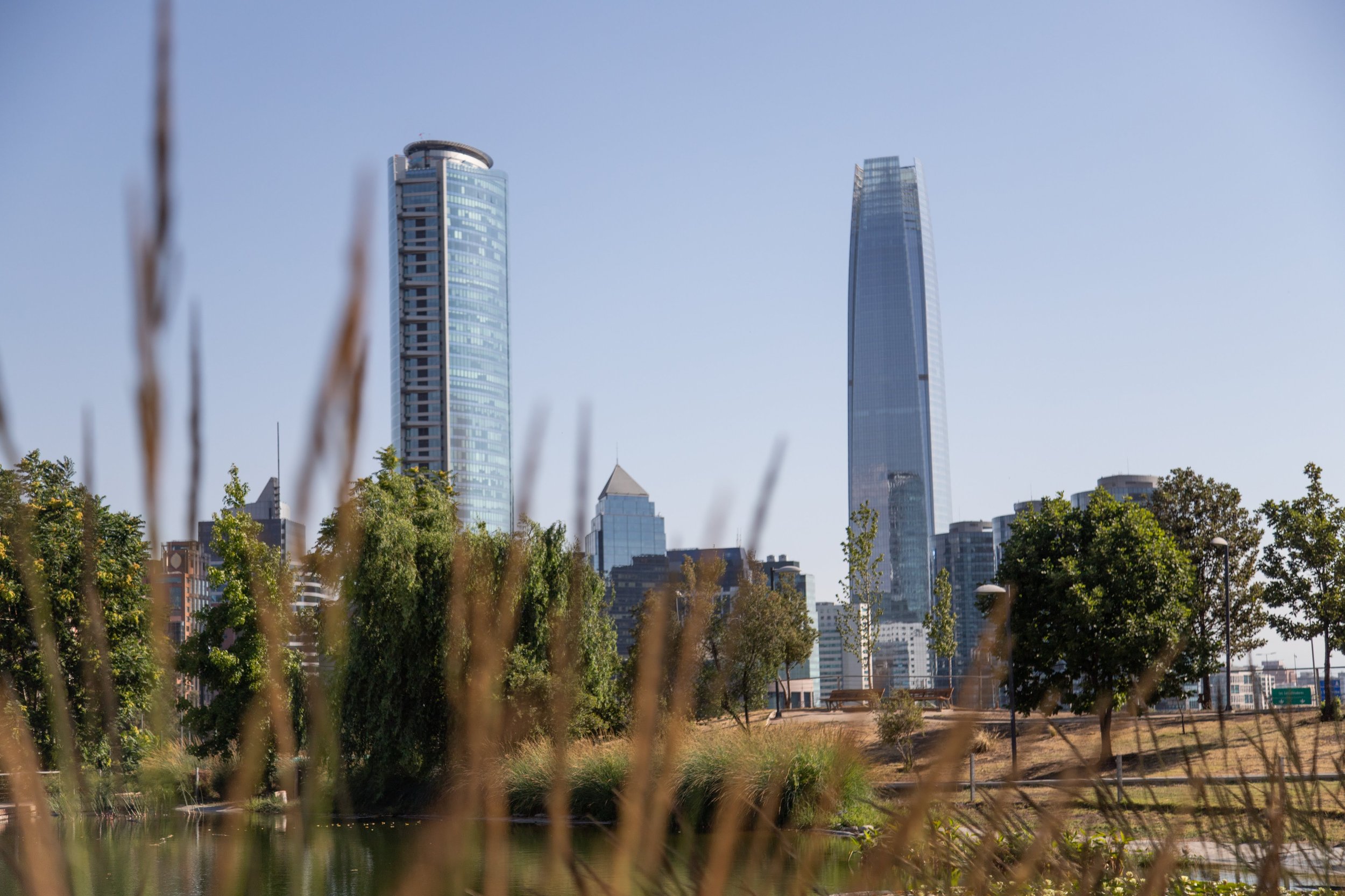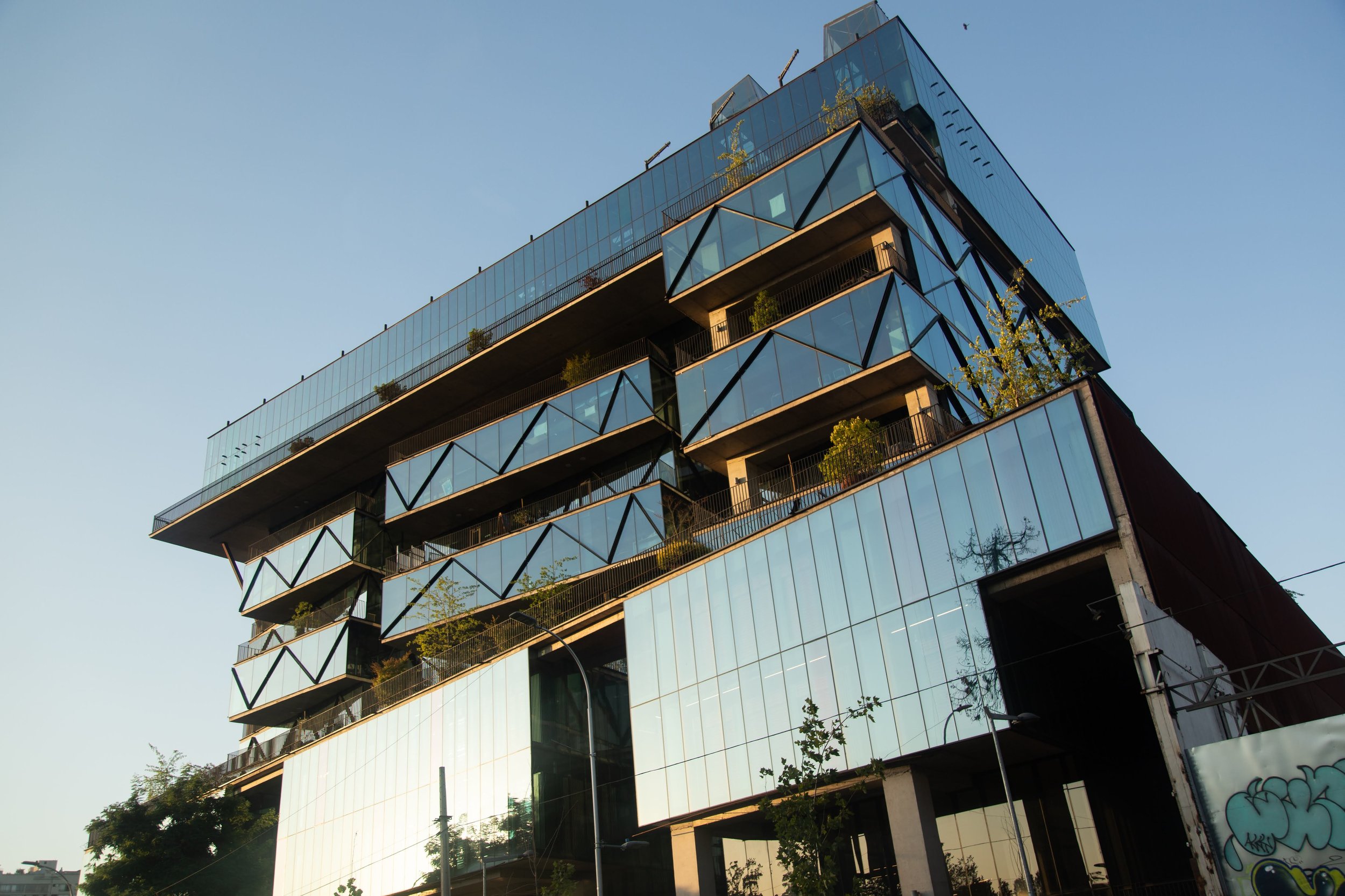S. American Advent — Part One: Santiago
After spending our first Christmas without my Mom in 2019, my family decided that next year we could really use a holiday getaway. It would be the first time that we — me, my dad, and my brothers Ray, Johnny, and Henry — would be abroad together, just the five of us. We brainstormed the destinations we’d most want to visit, and ended up settling on South America. Thus we scheduled a trip to Patagonia for Christmas 2020.
Obviously, that didn’t happen. So we postponed it to 2021 and that didn’t happen either. Christmas 2022 was to finally be our year.
The morning of our departure, we watched Argentina beat France to win the World Cup, then hopped on a plane to Toronto where we connected to an overnight flight to Santiago de Chile. Unlike most times I’ve flown overnight, the sleeping pills did their job and I groggily opened my eyes to the Andes Mountains.
We landed at around 2:30pm, passed through customs, piled into a stickshift van, drove through downtown, disembarked at the NOI Vitacura, took quick showers, and by 5:30 were off on a walking tour.
The summer sun was still plenty high enough in the sky, and Santiago’s Mediterranean climate made for perfect walking weather. Our guide Carolina took us through the El Golf neighborhood — past a number of sculptures and a Librería Imaginaria — to its metro station, from which we took the red line to U. Católica. While I couldn’t understand what anyone was saying, I felt rather at home on the subway, given both my time living in Manhattan and the fact that people sported such apparel as Dodgers caps, Jordan Brand t-shirts, and Pokémon backpacks. We saw so many Glass Onion ads in both Santiago and later Buenos Aires that Henry remarked, “if every single person in these countries doesn’t watch Glass Onion then it was a total fail.”
As we stood in the atrium of the Centro Cultural Gabriela Mistral, Carolina told of how it became a government building following the coup that installed the Pinochet regime, and my mind drifted to Roberto Bolaño’s book Distant Star, which was set during that same coup. In contrast to those days, however, Carolina remarked that today Chile is more conservative & stable, whereas in Argentina: “if they have an idea, they’re willing to try it.”
Next we walked down cobblestone streets — Villavicencio and Rosal — past a church, walls of ivy, and plenty of cats, both real and in murals. Santiago’s very oldest buildings have been destroyed by earthquakes, resulting in a rather eclectic architectural vibe depending on where you look.
Shortly, we arrived in front of the Museo Nacional de Bellas Artes, the French-influenced building behind which we found a Botero horse statue in the park. For all Chile’s traditional Roman Catholic heritage — divorce wasn’t even legalized until 2004 — the crowd around town felt very non-traditional, with clothing ranging from goth to every color of the rainbow.
We dined that evening at Bar Liguria, as recommended by a Chilean business school friend of mine. We sat in a colorful corner, ordered Pisco Sours, and then set to work trying to understand the menu. It wasn’t necessarily so easy to translate. Take the Palta Cardenal for instance. A direct translation gave us “Cardinal Avocado” — what’s that supposed to mean? So we directly googled “Palta Cardenal” and it showed two avocado halves on a bed of lettuce with what looked like shrimp on top.
Ended up going with that to start, plus the Empanadas de Pino (which directly translated to “Pine Pies” but clearly contained beef) and the Ostiones a la Parmesana (which our translation said were oysters but were actually scallops). Google Lens photo translation may be convenient, but perhaps it’s not so good.
The next morning we set out for the Casablanca Valley to visit some wineries, passing hills on our way out of the city that I joked reminded me of Hollywood. The most popular hilltop adornment, however, had to be the cross.
The hourlong drive gave Carolina plenty of time to acquaint us with the history of both the valley and Chilean wines. Because of a seasonal frost, the valley had been thought unsuitable for wine until Pablo Morande came along and built windmills that mixed in enough warmer air to prevent the frost. Today, the valley is known for its whites, though Carménère is prominent across the country ever since it was rediscovered in Chile thirty years ago after having perished in France.
We arrived at Villard Fine Wines just past 10am, driving up a hill to a sandstone building. While waiting for our tour to begin, I glanced over at a group that was well into their wine tasting. They seemed to be Americans… and from the side at least, one looked just like a classmate of mine from UCLA. Later she got up and was walking towards me, so I waved and she smiled in disbelief. “Lyle!?!?” It was indeed Allie.
She and her college friends had just come from Patagonia, having hiked the W. “We’re actually on our way to Patagonia, though I don’t know exactly whereabouts” “You’ll have to tell me! The W is amazing.” We chatted for a bit before her group got up to go. “Well we’re off to the next winery. Perhaps we’ll see you there…”
After a quick tour of the bottling process, it was time for our own tasting. We sat with two older couples, both from the states, and one of whom had just come from Antarctica. “The one thing our captain said not to do was traverse the Drake Passage… But sure enough that’s what we had to do. 35-foot waves! Our cabin was sideways for three days.”
Such went the conversation as we sipped our reds and whites. I think the vintner did a good job of describing each wine, but I barely remember as my mind was on our southernmost continent. I recalled from our flight that a couple in the row in front of me had been rushing to make a bus connection to Valparaíso for their Antarctic cruise. Wonder if they made it. Meanwhile, the couple at our table went on: “We did see tons of penguins. And a couple Orcas.” “Ah, I saw Orcas once during a cruise to Alaska,” replied my dad.
The wife also apparently took a quick dip in the Antarctic waters, which perhaps gave Henry ideas, as you’ll see later on.
Next up was the Viña Casas del Bosque, which we approached on a walnut-shell driveway before sitting for lunch on their patio. Henry and I opted for the six-course tasting menu, of which the highlights were the tuna tartare with green chili pepper chutney served over crispy rice, the tortellini stuffed with blood sausage & green apples, and the dessert course, a sweet honey riesling paired with sour cheese. They also paired the sirloin with a riesling, which somehow worked.
As we were about to leave, I noticed Allie and her friends arrive for a late lunch of their own, and sat down to chat for a few — comparing notes about the menu and the vineyard they’d just visited — before it was time to move on.
Our final vineyard of the day was Bodegas RE, known for its organic wines. It was the vineyard that Allie & her friends had just come from, as well as the one that Casablanca Valley pioneer Pablo Morande had founded. It housed quite the impressive cellar, featuring casks and also massive ceramic jugs, complete with pestles for mashing. Sadly we didn’t get to sit down there, though their orange wine tasted just as good upstairs.
After returning to the city, we had a few hours before dinner and I wanted to explore a bit. Johnny, being an astronomy student, wanted to see ALMA, whose HQ was in our neighborhood. So we walked over there, and then strolled through the park past a Hanukkah celebration, the pregame of what looked to be a paddleball match, and a holiday market. After a quick stop for sangria at Jardin Secreto, we changed for dinner.
So far this trip we hadn’t quite found our groove with transportation. Our inbound flight had been delayed for hours, cutting into the walking tour. On said tour, we at one point took the subway in the wrong direction. Our Uber driver the prior day had driven right past us because we were standing near a police car and apparently “uber es ilegal en chile.” And then tonight, the “large” cab we’d ordered didn’t fit everyone, which, plus the traffic, made us nearly an hour late to dinner.
But we did make it to our reservation at the wine bar Bocanáriz, and I couldn’t resist a flight of Carménère, Malbec, and Syrah. Our waitress wasn’t too fluent in English, but the sommelier was; she told us how the Viña Maquis Viola makes their Carménère using only old barrels so the wine tastes more grape and less oak.
From end-to-end today, I drank only wine.
Driving back to our hotel on that Tuesday night it was popping. The streets were busy and crowds flocked both to an outdoor art exhibition — night lights that looked like a deer from one angle and a night sky from another — and the paddleball tournament that Johnny and I had passed earlier. We discussed how it would have been nice to bop around tonight, if only we weren’t waking up for our flight to Patagonia at 5:30am. Well, next time.
Most photos (or at least most good ones) captured by Johnny Seebeck. See here for his full Santiago album.
In Part Two, we’ll explore Chilean Patagonia!

